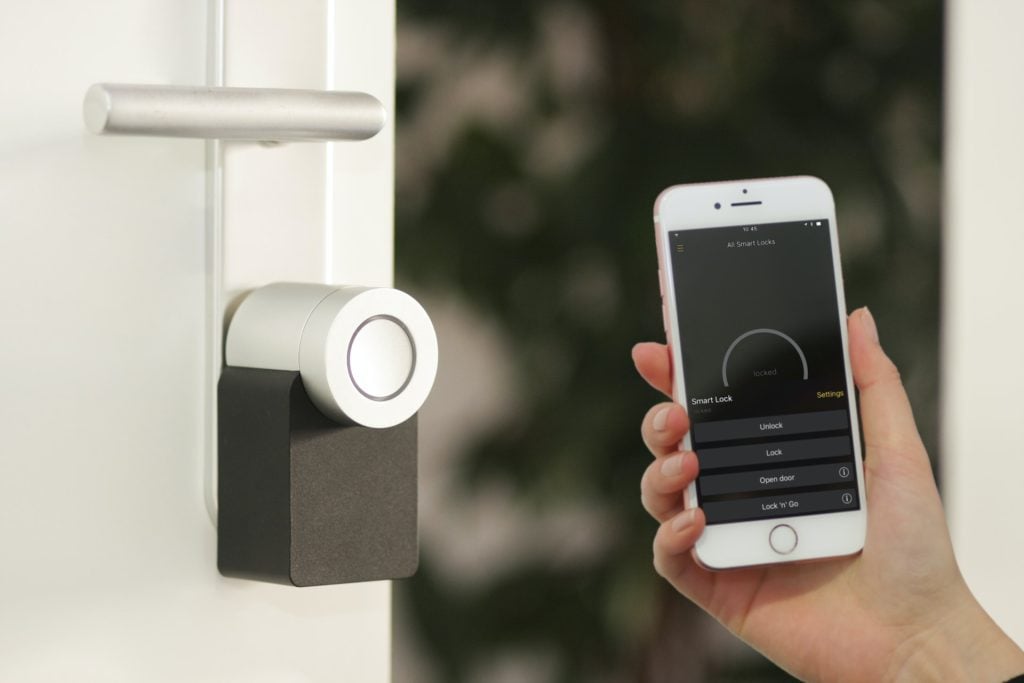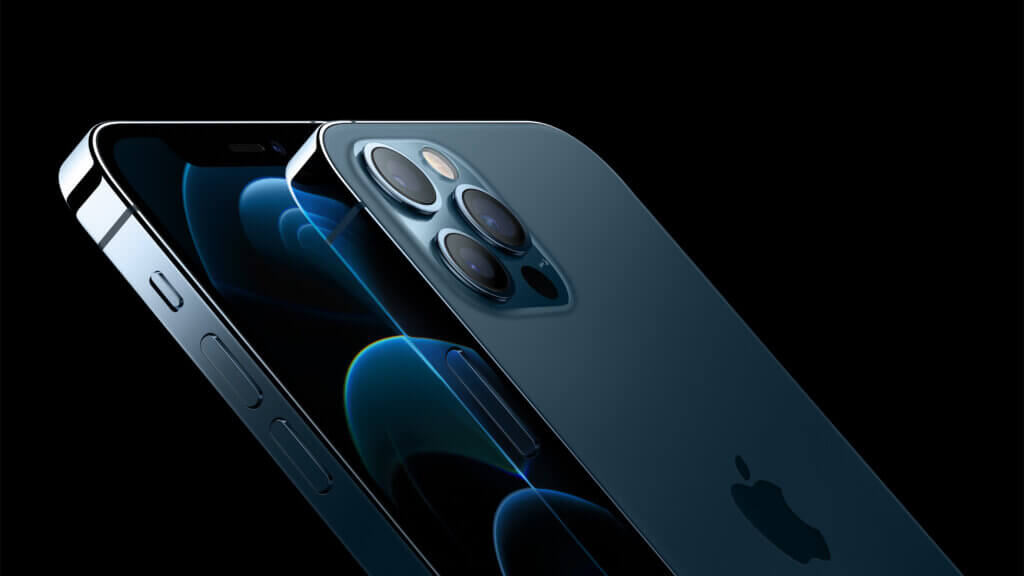In today's tech-driven era, electronic gadgets encompass a vast array of devices designed to simplify and enhance our daily lives. From smartphones and smartwatches to smart home systems and futuristic innovations, these gadgets are omnipresent. Staying updated with the latest trends in electronics gadgets is crucial, offering insight into groundbreaking advancements and cutting-edge features.
It ensures we harness the full potential of technology, optimizing convenience, efficiency, and connectivity in our routines. With each evolution, these gadgets redefine our interactions with the digital world, making it imperative to stay abreast of the ever-changing landscape of electronic innovation.
Smart Home Innovations

Smart home technology has revolutionized modern living, offering unparalleled convenience and efficiency. These innovations integrate seamlessly into our homes, transforming the way we interact with our living spaces. At the forefront of this revolution are AI-powered assistants, such as Amazon's Alexa and Google Assistant, revolutionizing daily tasks. These assistants, leveraging artificial intelligence, provide voice-controlled access to information, manage schedules, control smart devices, and more, simplifying life's complexities.
Moreover, smart lighting and energy-efficient devices play a pivotal role in the smart home landscape. With programmable features and remote access, these gadgets allow users to adjust lighting preferences, save energy, and create ambiance effortlessly. From smart bulbs to energy monitoring systems, they offer a blend of functionality and sustainability, enhancing both comfort and eco-consciousness.
Enhancing peace of mind, home security systems form an integral part of smart homes. Equipped with advanced sensors, cameras, and monitoring tools, these systems offer comprehensive surveillance and protection. Users can remotely monitor their homes, receive real-time alerts, and even integrate these systems with smart locks for enhanced security protocols. As a result, these technologies not only provide security but also offer a sense of reassurance and control, even when away from home.
In essence, smart home innovations transcend mere gadgets; they redefine how we engage with our living spaces. With AI-powered assistants streamlining tasks, energy-efficient devices optimizing resource consumption, and robust home security systems ensuring safety, the smart home ecosystem continues to evolve, promising a future where homes are not just smart but also intuitive and responsive to our needs and preferences.
Wearable Technology

Wearable technology represents a burgeoning field, offering innovative devices that seamlessly integrate into our daily lives. These gadgets, worn on the body, serve diverse purposes, from health monitoring to enhancing productivity and convenience.
Smartwatches stand as the vanguard of wearable tech, offering a myriad of functionalities beyond telling time. They serve as miniature computers, enabling users to receive notifications, answer calls, track fitness activities, monitor heart rate, and even make payments, all from the convenience of their wrist. With GPS, apps, and customizable interfaces, smartwatches have become indispensable companions, merging style with technology seamlessly.
Fitness trackers and health monitoring devices constitute another significant category within wearables. These devices monitor physical activity, track steps, calories burned, and sleep patterns. Moreover, advanced health wearables go beyond basic tracking, offering features like ECG monitoring, blood oxygen levels, and stress detection. They empower users to take charge of their well-being, promoting healthier lifestyles and informed decision-making.
The world of wearable technology continues to evolve rapidly, witnessing emerging trends that redefine their scope and functionality. Innovations like smart clothing embedded with sensors, augmented reality glasses, and biofeedback wearables are revolutionizing how we perceive and utilize these devices. Biofeedback wearables, for instance, measure stress levels or emotions, providing insights into mental health and stress management. As technology advances, wearables are becoming increasingly sophisticated, blurring the lines between technology and human physiology.
Augmented Reality (AR) and Virtual Reality (VR)

Augmented Reality (AR) and Virtual Reality (VR) are transformative technologies reshaping our digital experiences and interactions. Understanding these innovations is key to unlocking their immense potential in various facets of our lives.
AR technology overlays digital information onto the real world, enhancing our perception of reality. Its applications in everyday gadgets are diverse and impactful. AR is integrated into smartphones, offering immersive experiences through apps that overlay information onto the camera viewfinder, from navigation aids to interior design previews. Moreover, AR-enhanced wearables like smart glasses augment our vision by displaying contextual information, revolutionizing industries from healthcare to manufacturing.
On the other hand, VR immerses users in a completely digital environment, disconnecting them from the physical world. VR gadgets, such as headsets, create simulated environments for entertainment, gaming, training simulations, and even therapy. This technology enables users to explore new worlds, engage in interactive experiences, and immerse themselves in scenarios impossible in reality.
The future prospects of AR and VR in electronics gadgets are expansive. AR is expected to further infiltrate our daily lives, integrating seamlessly into devices like smart mirrors, educational tools, and car windshields. As for VR, advancements in hardware and software will likely lead to more accessible and immersive experiences. Applications in education, healthcare, virtual meetings, and social interactions are envisioned to become more prevalent and sophisticated.
Furthermore, the convergence of AR and VR with other emerging technologies like AI and IoT will amplify their impact. For instance, combining AR with AI-driven personalization can revolutionize shopping experiences by offering customized product trials in AR environments. Similarly, VR in conjunction with IoT can simulate real-time scenarios for training in various industries, enhancing learning outcomes.
Futuristic Innovations

Futuristic innovations in technology have perpetually captured our imagination, pushing the boundaries of what we perceive as possible. As we progress further into the digital age, these innovations continue to redefine our expectations and experiences with gadgets.
Drones represent one of the most captivating futuristic gadgets, evolving from recreational devices to multifaceted tools. Initially used for aerial photography and videography, drones now serve diverse roles, from delivery services and agricultural monitoring to disaster relief and infrastructure inspections. Their versatility and agility have sparked a revolution in various industries, promising efficiency and accessibility in previously unimaginable ways.
Another pioneering innovation is the advent of foldable phones and flexible displays. These gadgets, blending cutting-edge technology with practicality, offer portability without compromising screen size. With foldable screens, users can switch between a compact phone and a larger tablet-like interface seamlessly. Flexible displays, on the other hand, enable unique form factors for devices, potentially revolutionizing how we interact with screens on wearables, smart home gadgets, and more.
Looking ahead, a myriad of other innovative technologies promises to shape our future. Quantum computing, with its ability to process vast amounts of data at unparalleled speeds, holds the promise of transforming industries like healthcare, finance, and cybersecurity. Additionally, advancements in AI and machine learning are expected to create more personalized and intelligent gadgets, from smart assistants to autonomous vehicles, augmenting our daily lives with enhanced efficiency and convenience.
Moreover, advancements in biotechnology may lead to bioelectronic devices that integrate with the human body, offering solutions in healthcare, fitness, and even augmenting human capabilities. Furthermore, developments in materials science, such as graphene and nanotechnology, hold potential for smaller, faster, and more efficient gadgets, revolutionizing how we perceive and utilize technology.
Conclusion
In reflecting on the dynamic landscape of electronics gadgets, the trends discussed underscore the transformative nature of technology in our lives. From smart home innovations optimizing convenience to wearable tech advancing personal health, and AR/VR redefining our experiences, these trends collectively illustrate the rapid evolution reshaping our world.
Staying updated with these trends holds paramount importance. It enables us to harness the full potential of technology, enhancing efficiency, connectivity, and even our well-being. As gadgets continue to evolve, remaining informed ensures we adapt and make informed choices in integrating these innovations into our lives seamlessly.
Looking forward, the future of electronics gadgets promises an even more interconnected and immersive experience. Advancements in AI, biotechnology, and materials science will likely lead to more intelligent, personalized, and efficient gadgets. Embracing these innovations fosters a future where technology seamlessly integrates into our lives, empowering us and enhancing the way we live, work, and interact with the world around us.




